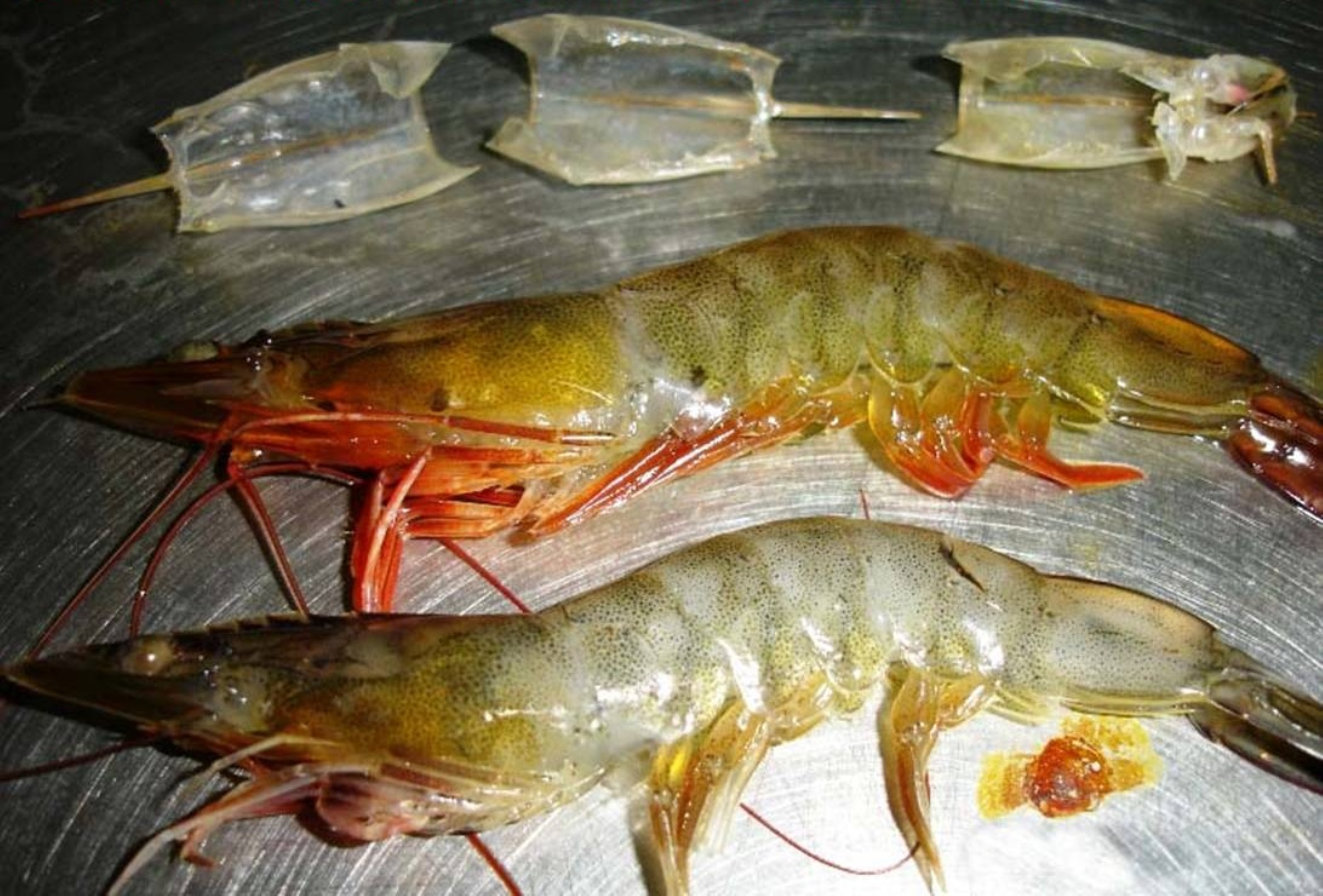
Aquatic and benthic organisms can be virus carriers include polychaete worms (Vijayan et al., 2005; Desrina et al., 2013), microalgae (Liu et al., 2007) and rotifer eggs (Yan et al., 2004).
Polychaete worms–a vector for white spot syndrome virus (WSSV).
Vijayan KK1, Stalin Raj V, Balasubramanian CP, Alavandi SV, Thillai Sekhar V, Santiago TC.
Author information
Central Institute of Brackishwater Aquaculture (CIBA-ICAR), 75 Santhome High Road, Chennai-600 028, India. [email protected]
Abstract
The present work provides the first evidence of polychaete worms as passive vectors of white spot syndrome virus (WSSV) in the transmission of white spot disease to Penaeus monodon broodstocks. The study was based on live polychaete worms, Marphysa spp., obtained from worm suppliers/worm fishers as well as samples collected from 8 stations on the northern coast of Tamilnadu (India). Tiger shrimp Penaeus monodon broodstock with undeveloped ovaries were experimentally infected with WSSV by feeding with polychaete worms exposed to WSSV. Fifty percent of polychaete worms obtained from worm suppliers were found to be WSSV positive by 2-step PCR, indicating high prevalence of WSSV in the live polychaetes used as broodstock feed by hatcheries in this area. Of 8 stations surveyed, 5 had WSSV positive worms with prevalence ranging from 16.7 to 75%. Polychaetes collected from areas near shrimp farms showed a higher level of contamination. Laboratory challenge experiments confirmed the field observations, and > 60% of worms exposed to WSSV inoculum were proved to be WSSV positive after a 7 d exposure. It was also confirmed that P. monodon broodstock could be infected with WSSV by feeding on WSSV contaminated polychaete worms. Though the present study indicates only a low level infectivity in wild polychaetes, laboratory experiments clearly indicated the possibility of WSSV transfer from the live feed to shrimp broodstock, suggesting that polychaete worms could play a role in the epizootiology of WSSV.
PMID: 15819425 DOI: 10.3354/dao063107
Dis Aquat Organ. 2005 Feb 28;63(2-3):107-11.
White spot syndrome virus (WSSV) detected by PCR in rotifers and rotifer resting eggs from shrimp pond sediments.
Yan DC1, Dong SL, Huang J, Yu XM, Feng MY, Liu XY
Author information
Mariculture Research Laboratory, Fisheries College, Ocean University of China, Qingdao 266003, PR China.
Abstract
White spot syndrome virus (WSSV) was detected by PCR-dot blot hybridization in rotifer resting eggs from shrimp Penaeus chinensis culture-pond sediments. It was also detected in rotifers hatched from those eggs. Surface disinfection before analysis indicated that WSSV was probably present within the resting eggs. Results suggested that rotifer resting eggs may be an overwintering reservoir for WSSV in shrimp ponds.
PMID: 15212294 DOI: 10.3354/dao059069
Dis Aquat Organ. 2004 Apr 21;59(1):69-73
Studies on the transmission of WSSV (white spot syndrome virus) in juvenile Marsupenaeus japonicus via marine microalgae.
Liu B1, Yu Z, Song X, Guan Y
Author information
Key Laboratory of Marine Ecology & Environmental Sciences, Institute of Oceanology, Chinese Academy of Sciences, Qingdao, China.
Abstract
We studied the possible role that marine microalgae may play during the outbreaks of WSS (white spot syndrome). In order to elucidate the possibility of marine microalgae carrying WSSV (white spot syndrome virus), six marine microalgae (Isochrysis galbana, Skeletonema costatum, Chlorella sp., Heterosigma akashiwo, Scrippsiella trochoidea, Dunaliella salina) were co-cultured with adult Marsupenaeus japonicus infected with WSSV and were assayed daily by nested-PCR to study whether they could carry WSSV. Further experiments were conducted to investigate whether the virus carried by microalgae could re-infect juvenile M. japonicus. Results showed that all of the experimental microalgae, except H. akashiwo could carry WSSV, and among them, Chlorella sp. and S. trochoidea had the strongest WSSV-carrying ability. Unlike other invertebrate carriers of WSSV, the WSSV detections in microalgae, which were positive after 1 and 3 days, were negative after 10days of incubation. WSSV detection results in juvenile M. japonicus showed that the juvenile shrimp were re-infected by co-cultured Chlorella sp., although the juvenile M. japonicus carried so small an amount of WSSV that it could only be detected by nested-PCR. The results of this experiment suggest that microalgae might be one possible horizontal transmission pathway for WSSV. Further research, however, is required to better understand the factors behind the different carrying abilities and virus-carrying mechanisms of different microalgae.
PMID: 17383676 DOI: 10.1016/j.jip.2007.01.007
J Invertebr Pathol. 2007 Jun;95(2):87-92. Epub 2007 Feb 3.




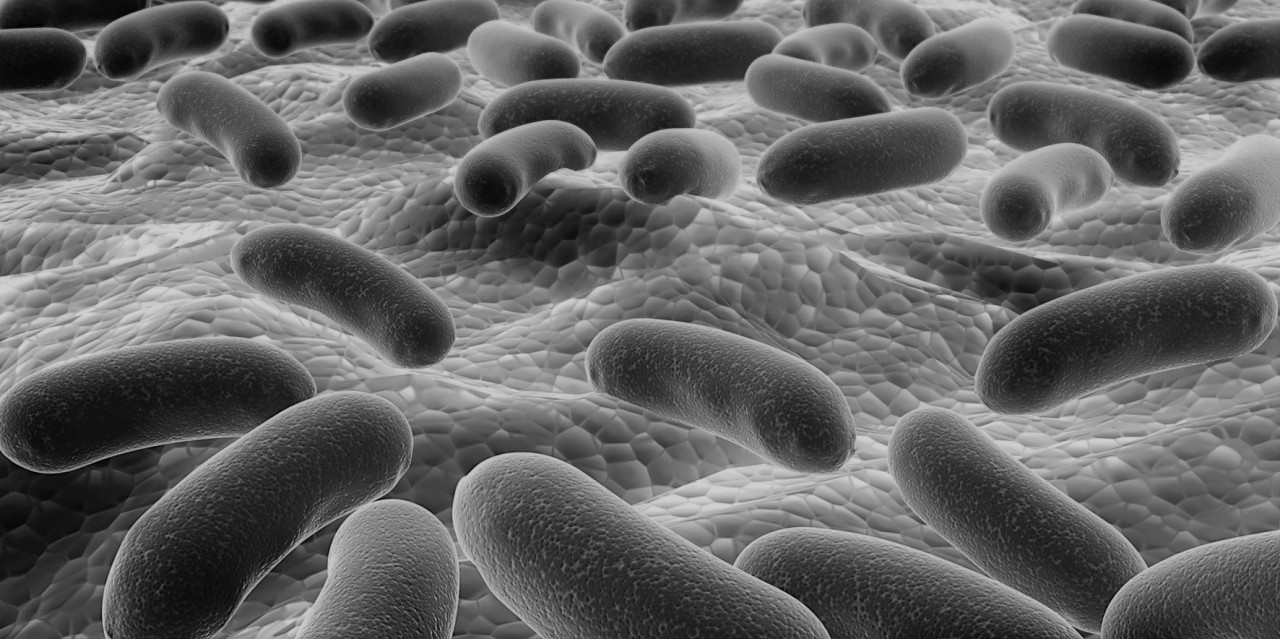
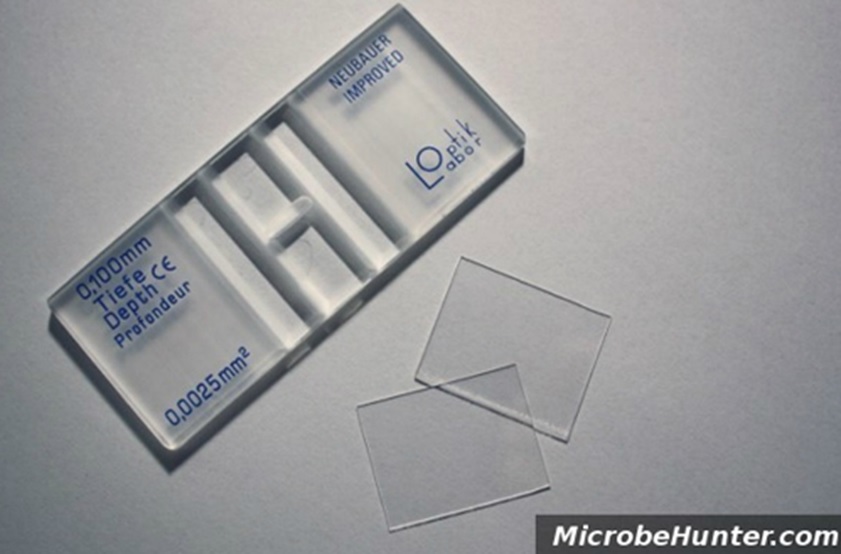
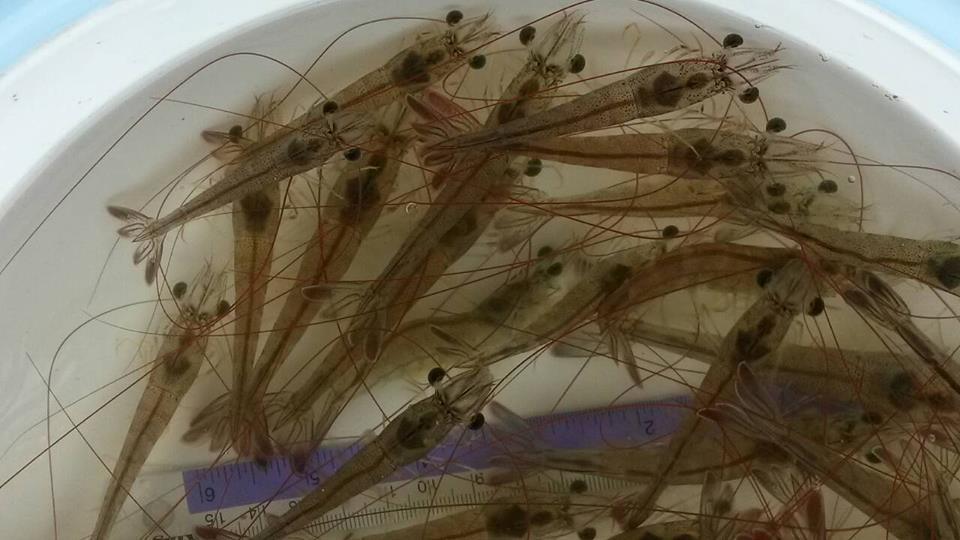
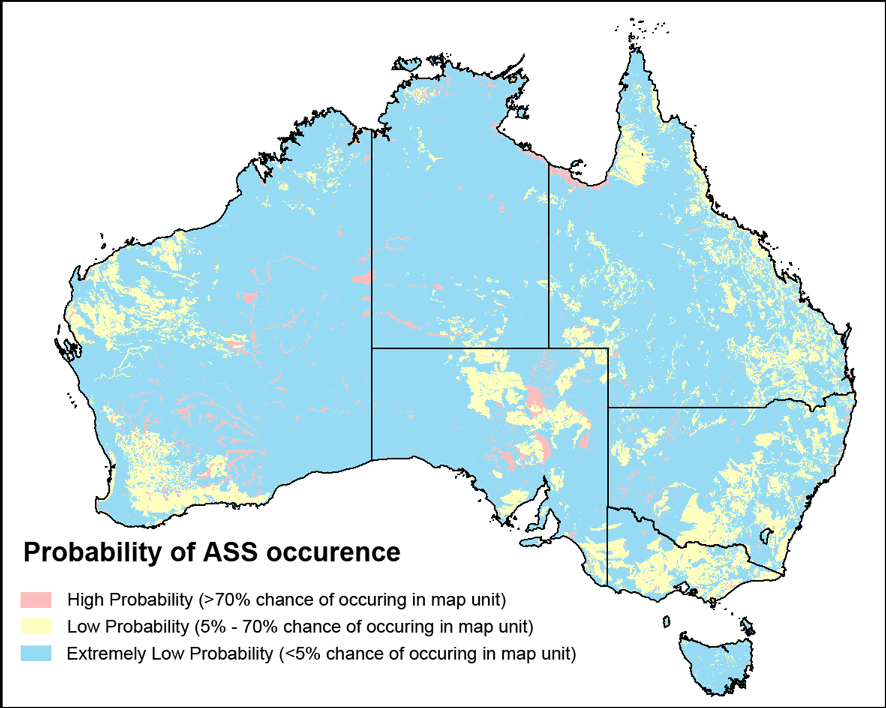

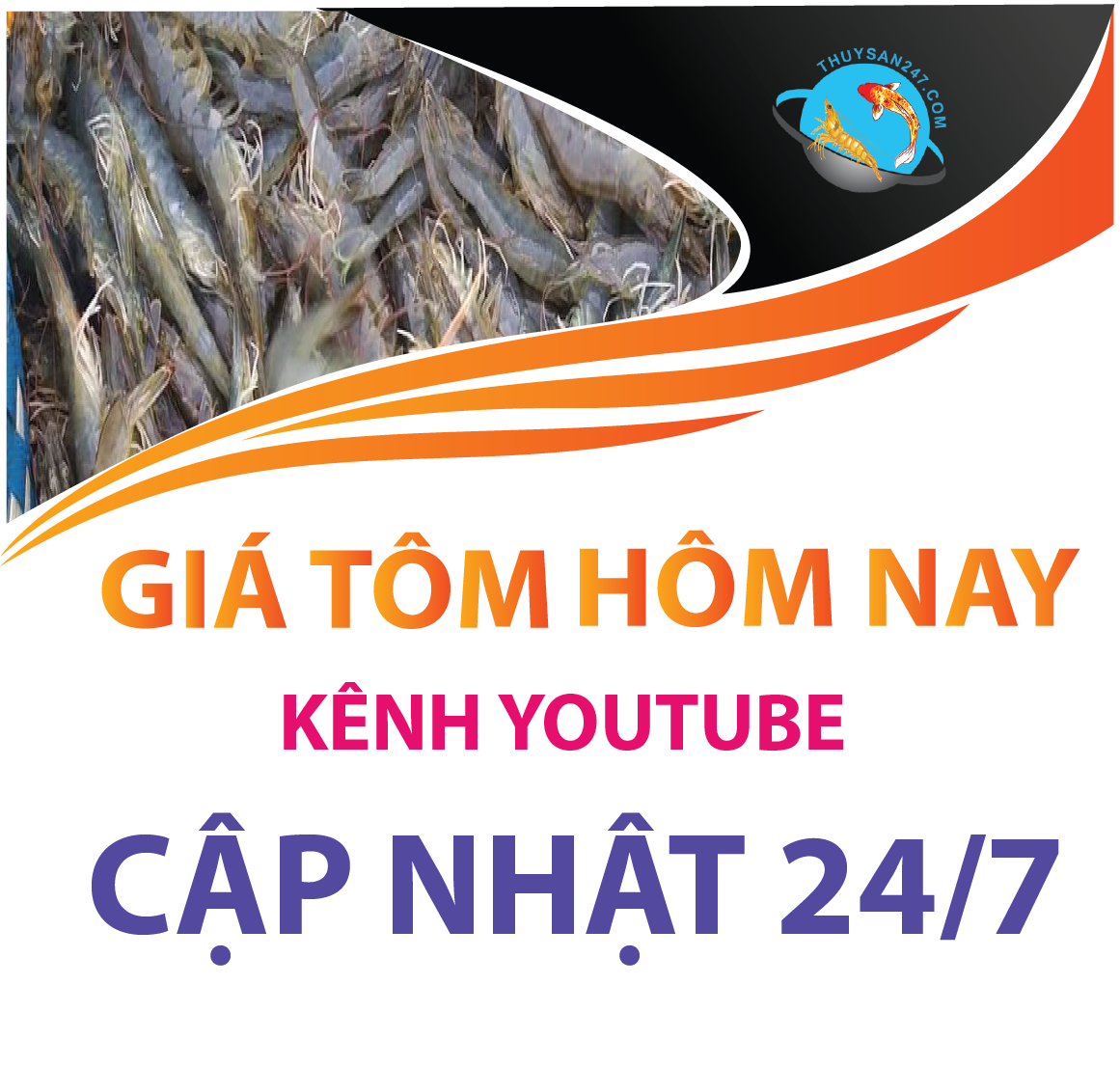


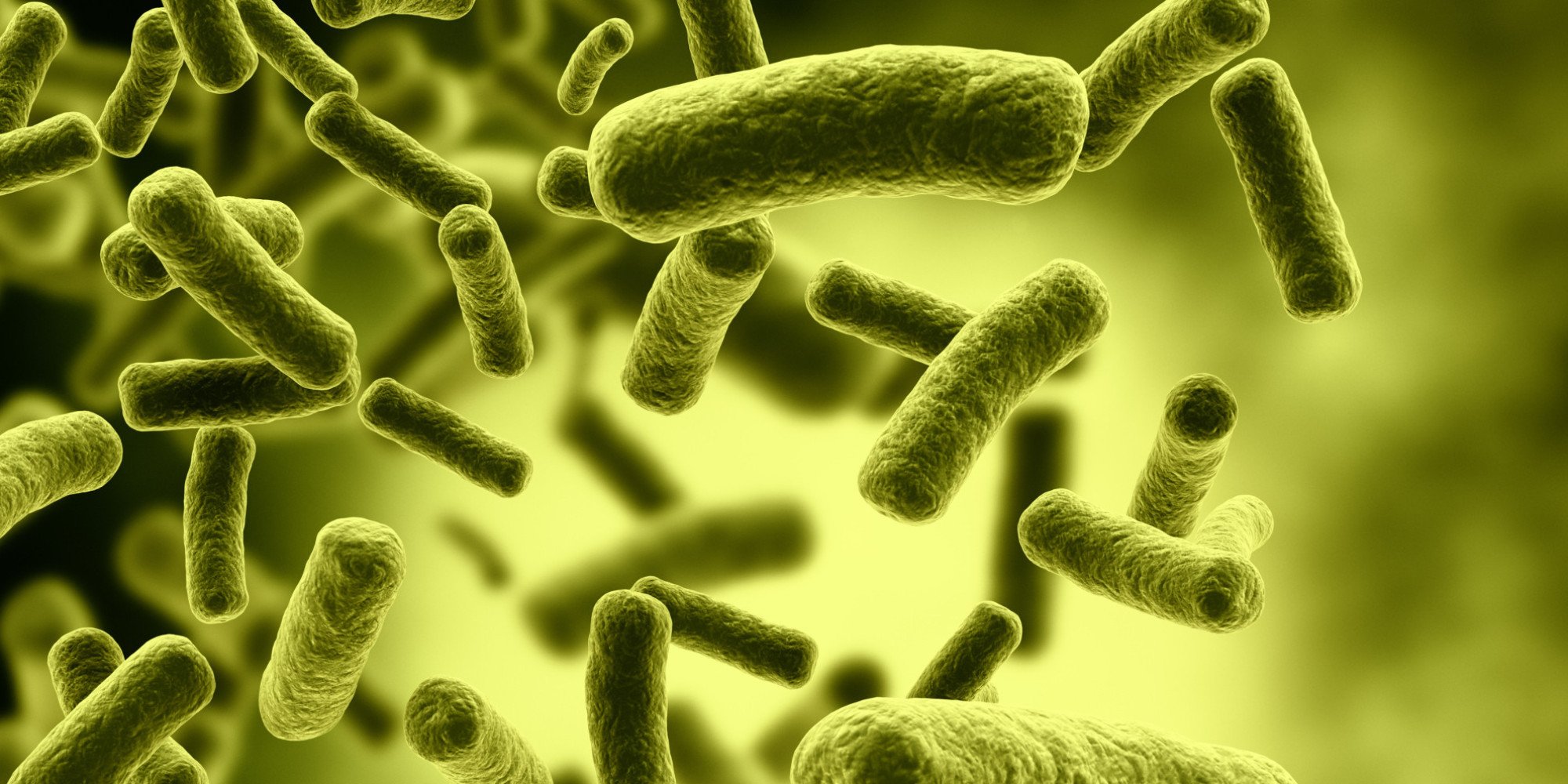
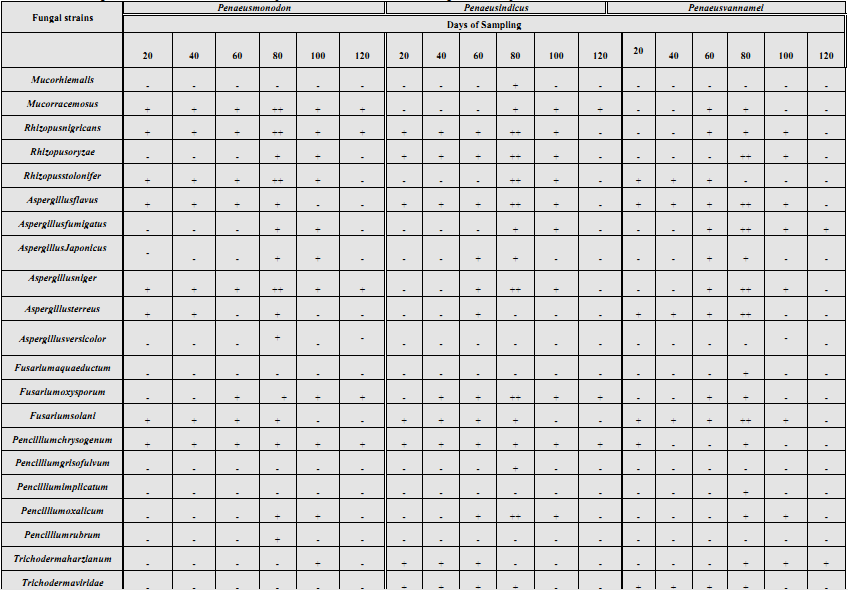
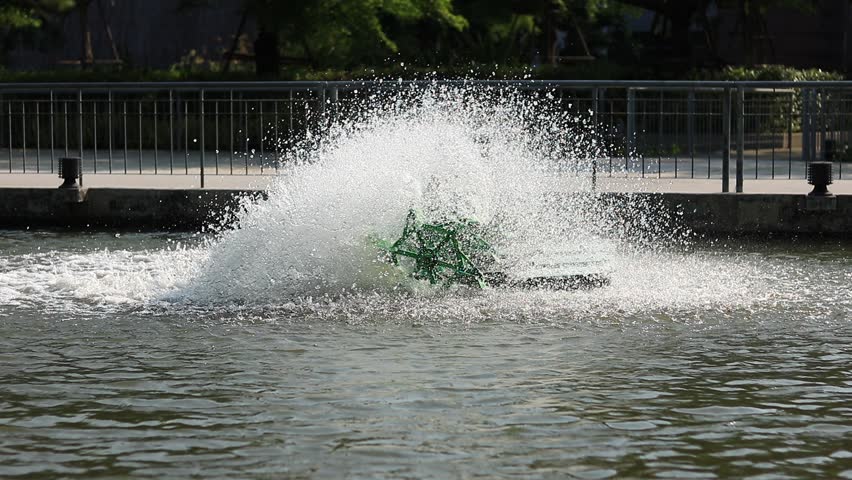
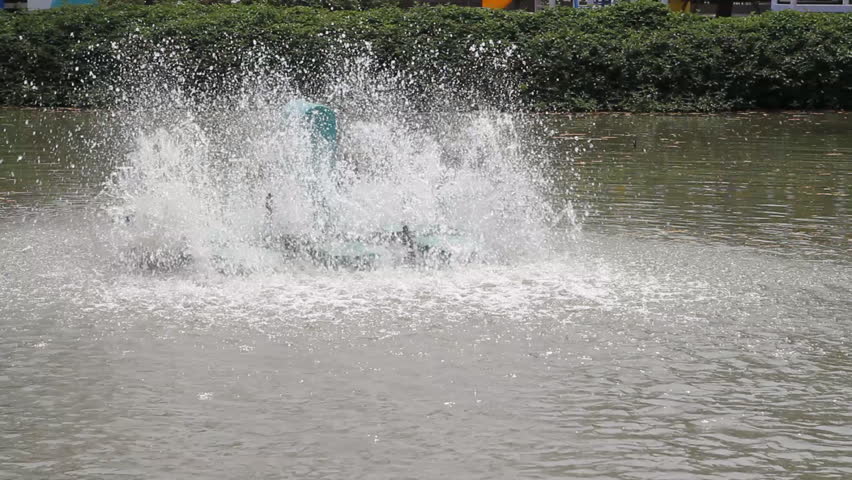
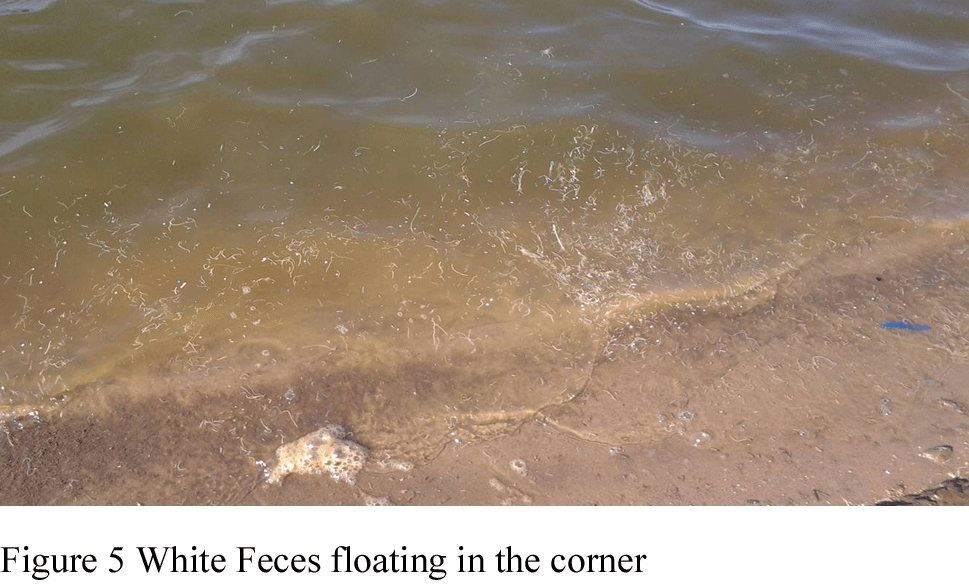
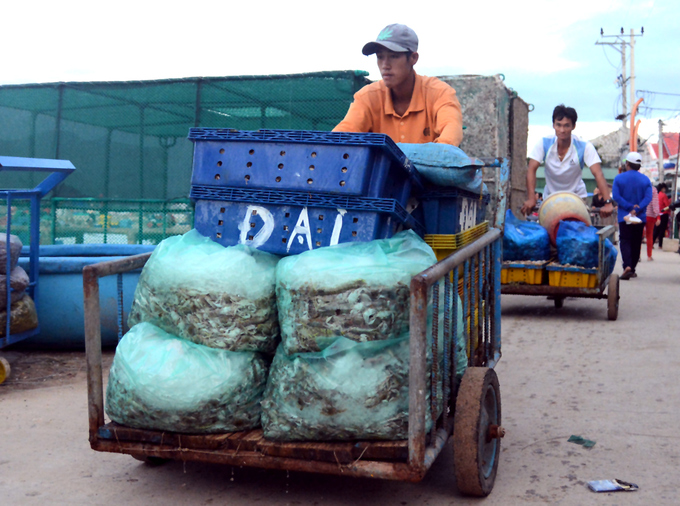



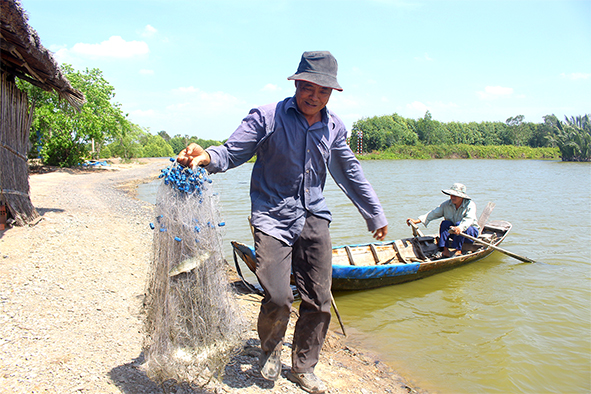
Bình luận bài viết